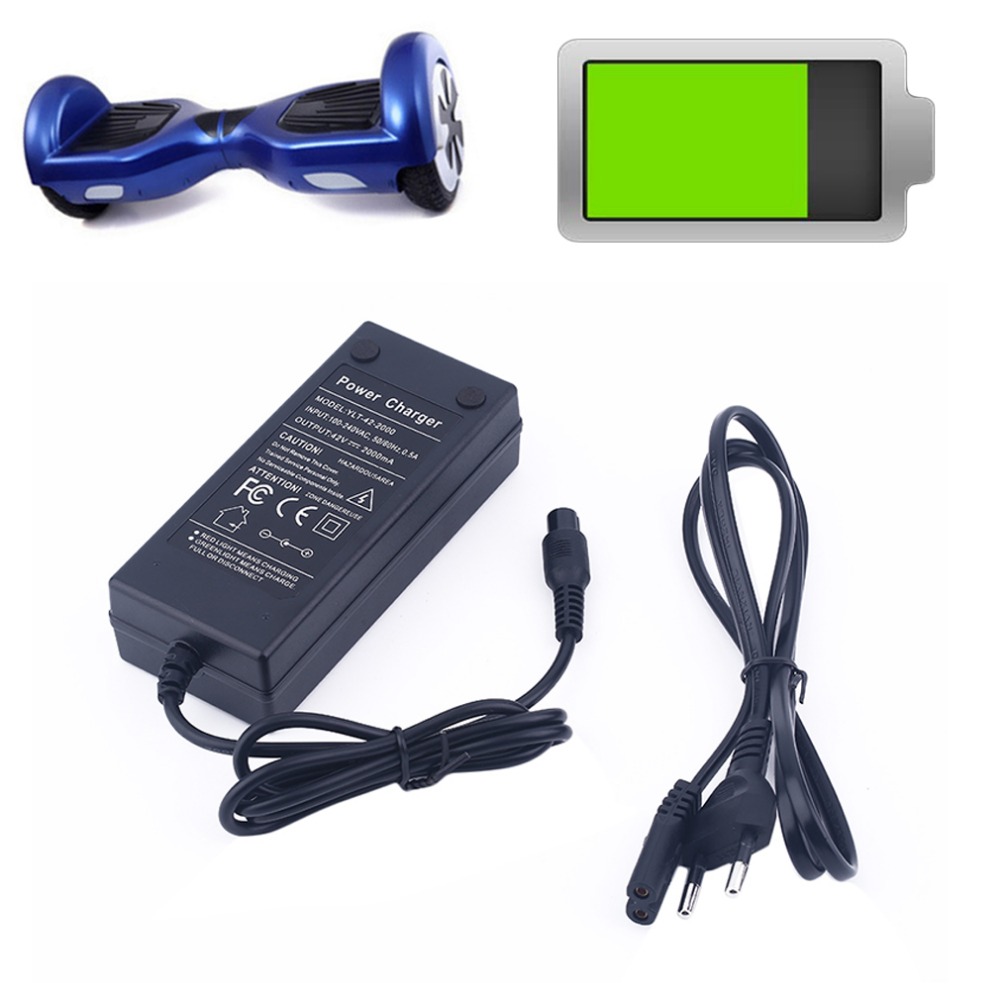
Hoverboards have become a popular mode of transportation and a fun way to get around. Like any electronic device, hoverboards require regular charging to keep them running smoothly. However, using the wrong charger can not only lead to inefficient charging but also damage your hoverboard battery. To protect your hoverboard battery and ensure its longevity, it is crucial to use a compatible hoverboard charger. In this article, we will explore the importance of using a compatible hoverboard charger and provide tips on how to choose the right one for your hoverboard.
Why is a Compatible Charger Important?
Using a compatible charger is essential for the health and performance of your hoverboard battery. Here’s why:
- Voltage and Amperage: Hoverboards come with specific voltage and amperage requirements for charging their batteries. Using a charger with the wrong voltage or amperage can result in undercharging or overcharging the battery. Undercharging can lead to decreased performance and reduced battery life, while overcharging can damage the battery, causing it to overheat and potentially catch fire.
- Protection Features: Compatible chargers are designed with built-in protection features to safeguard your hoverboard battery. These features include overcharging protection, short-circuit protection, and temperature control. Using a charger without these safety measures can put your hoverboard battery at risk of damage and compromise your safety.
- Charging Efficiency: Compatible chargers are specifically designed to provide efficient and optimal charging for hoverboard batteries. They deliver the right amount of power to the battery, ensuring a complete charge in a reasonable amount of time. Using an incompatible charger can result in slower charging times and an inefficient use of power.
Tips for Choosing a Compatible Charger
Now that we understand the importance of using a compatible charger, here are some tips to help you choose the right one for your hoverboard:
- Check the Manufacturer’s Recommendations: Refer to the user manual or the manufacturer’s website to determine the recommended charger for your hoverboard model. The manufacturer knows the specific voltage and amperage requirements of the battery and can guide you in finding a compatible charger.
- Voltage and Amperage Match: Ensure that the charger’s output voltage matches the hoverboard’s battery voltage. Most hoverboards have a battery voltage of 36V, so the charger should output the same voltage. Additionally, check that the charger’s amperage output falls within the acceptable range for your hoverboard. Typically, hoverboards require chargers with an output between 1-2 amps.
- Connector Compatibility: Examine the connector type on your hoverboard’s charging port and ensure that the charger you choose has a matching connector. Hoverboards generally use either a 3-prong or 4-prong connector, so select a charger with the corresponding connector type.
- Safety Features: Look for a charger that incorporates safety features such as overcharging protection, short-circuit protection, and temperature control. These features protect your hoverboard battery from potential damage caused by power irregularities.
- Quality and Reputation: Choose a charger from a reputable brand known for producing high-quality chargers and other electronic products. A well-built charger is more likely to provide a safe and reliable charging experience.
- Warranty: Consider chargers that come with a warranty. A warranty not only demonstrates the manufacturer’s confidence in their product but also provides you with recourse if any issues arise during the warranty period.
- Customer Reviews: Read customer reviews and ratings to get an idea of other users’ experiences with the charger. Pay attention to any recurring issues or complaints, as this can indicate potential problems with the charger.
Caring for Your Hoverboard Battery
In addition to using a compatible charger, here are some general tips to help protect and prolong the life of your hoverboard battery:
- Avoid Overcharging: Once the battery is fully charged, unplug the charger from the power source and disconnect it from your hoverboard. Overcharging can lead to battery degradation and reduced performance.
- Prevent Deep Discharges: Avoid fully draining the battery before recharging it. Instead, aim to charge the battery when it reaches around 20-30% capacity. Deep discharges can stress the battery and shorten its lifespan.
-
Store Properly: If you’re not using your hoverboard for an extended period, store it in a cool and dry place. Ideally, the battery should be stored at around 50% charge. Avoid long periods of storage with a fully charged or completely discharged battery.
- Regular Use: Regularly using and charging your hoverboard helps maintain the health of the battery. If you’re not using the hoverboard frequently, it’s still a good idea to charge it every few weeks to prevent battery depletion.
Conclusion
Using a compatible charger is crucial for protecting and prolonging the life of your hoverboard battery. A compatible charger ensures the right voltage and amperage output, includes safety features, and provides efficient charging.









